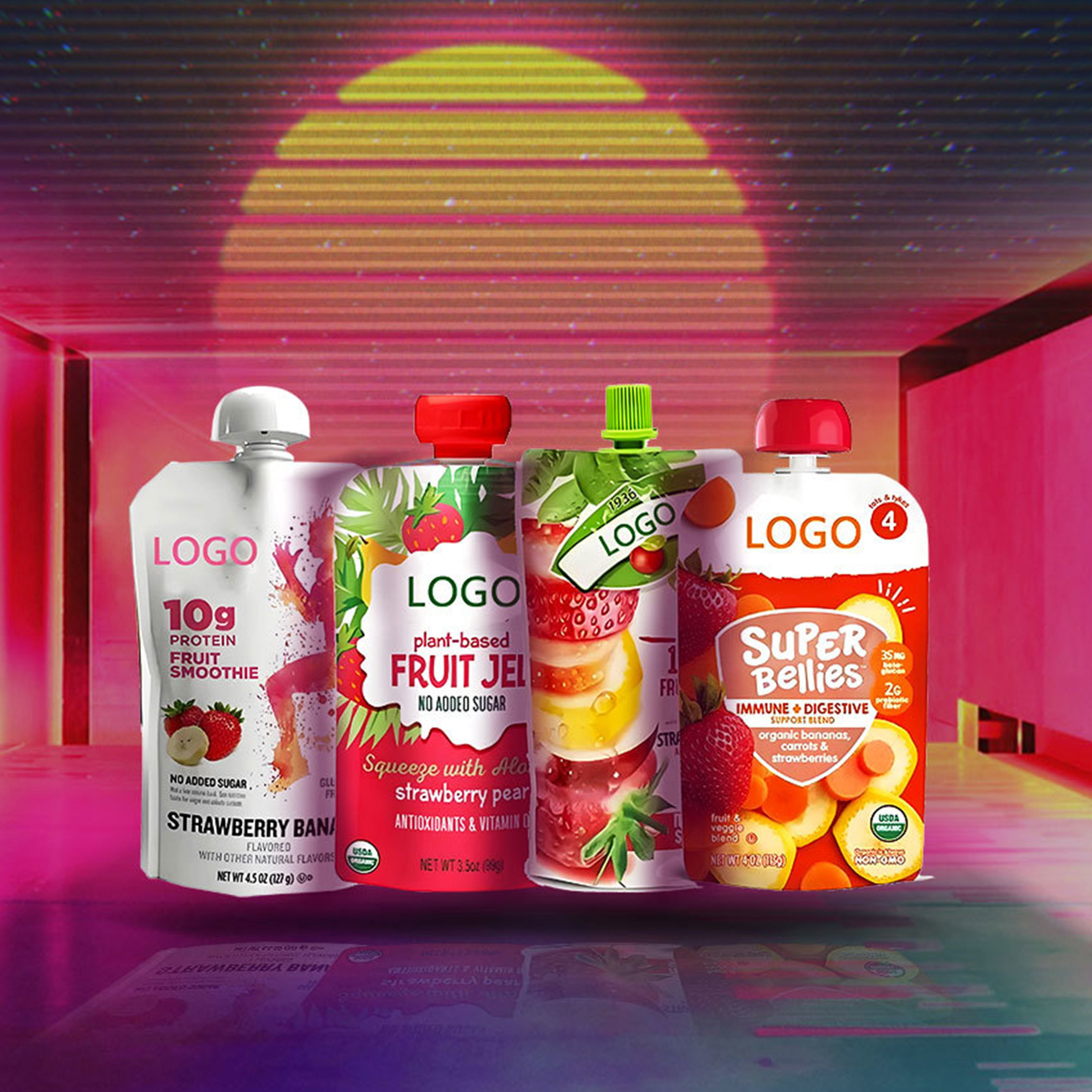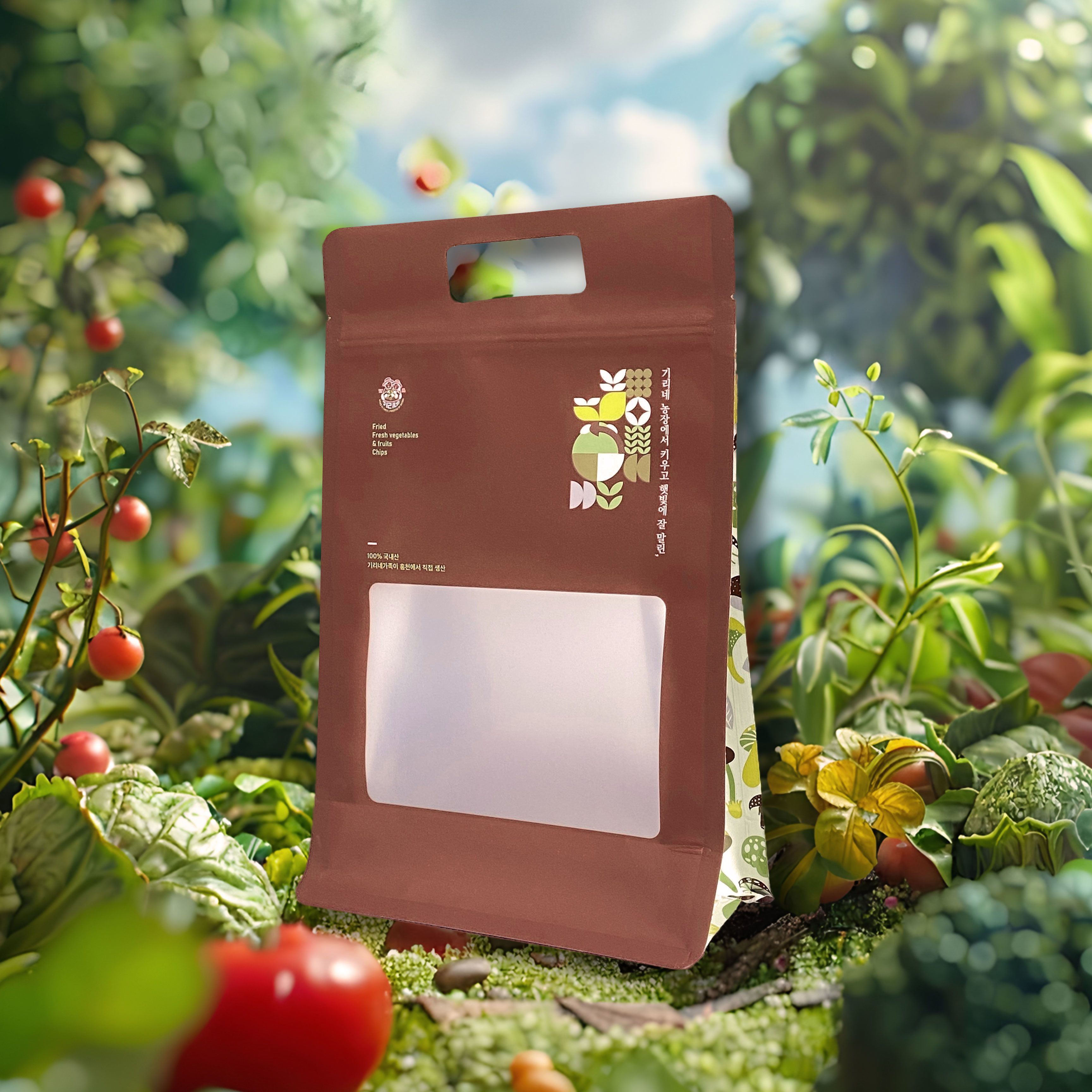The development trend of flexible packaging materials in the world
In the world plastic industry, packaging companies have the largest consumption, generally accounting for 25% -70% of the total plastic consumption. Taking the United States, Japan, and Germany, which have the most developed plastic industries, as examples, packaging plastics account for 27.2%, 32.8%, and 27.2% of the total plastic consumption, while plastic packaging in China accounts for about 25% of the plastic consumption.
The advantages of plastic flexible packaging are: light weight, softness, less waste, small space occupation, low cost, and high cost-effectiveness, making it more competitive than hard packaging. The development direction of plastic materials is to improve performance, reduce costs, and be environmentally friendly. With the development of new varieties and grades of plastics, as well as improvements in processing technology and machinery, the performance of materials and packaging products has been enhanced. This not only reduces material consumption and costs, but also meets people's environmental requirements. According to a research report by the European Plastic Manufacturers Association, the average weight of plastic used for packaging has decreased by 28% in the past decade, reducing usage by more than 1.8 million tons per year and saving resources. Plastic packaging film is the most effective, accounting for more than 70% of the savings. The annual consumption of packaging materials in Europe is 66.4 million tons, of which 11.6 million tons are plastic, accounting for 17% and 50% of the packaged goods. Therefore, it can be said that plastic, especially plastic flexible packaging, is the most effective way to reduce packaging weight, and the weight reduction is even greater than recycling and reusing, playing the greatest role in the rational utilization of resources. When discussing the importance of plastic flexible packaging in food packaging, the German magazine "Plastic" pointed out that it has become a part of culture. In addition to its packaging function, it can also prevent damage from packaging materials, reduce storage requirements, provide consumers with information, serve customers more effectively, make goods easier to manage at home, and easy to store and transport. This can be expressed by the following numbers: 30% -50% of food in developing countries is damaged during storage and transportation, while in developed Western European countries, it is currently only 1% -2%. The plastic flexible packaging market has become one of the fastest-growing varieties in packaging due to its excellent comprehensive performance and cost-effectiveness.
From this, it can be seen that the average annual growth rate of plastic flexible packaging consumption has been and will be higher than other packaging methods, not only increasing faster than paper packaging, but also higher than plastic hard packaging. The data provided by a well-known American business communication company in the special report "Plastic Flexible Packaging Industry in Transformation" shows that the total consumption of plastic flexible packaging in the world market reached 6.31 million tons in 2001 alone, with food packaging currently having the largest consumption at 1.68 million tons.
In short, the colorful plastic flexible packaging, with its excellent comprehensive performance, continues to replace other packaging, and its uses are expanding day by day. With reasonable prices and environmental benefits, it has become the fastest developing product in the packaging industry, and is expected to maintain a good growth momentum in the coming years. In order to enhance market competitiveness, plastic flexible packaging will develop towards thinning and high performance, and the demand for multi-layer composite films will grow faster than that of ordinary single-layer films. The development and processing technology progress of new plastic grades promotes the advancement of plastic flexible packaging technology. The application prospects of polyethylene film and biaxially oriented polypropylene film in packaging are the most promising.
Tag:
Recommend News
Plastic packaging: safety as the primary development principle
The development trend of flexible packaging materials in the world
Introduction to the advantages of plastic food packaging bags












